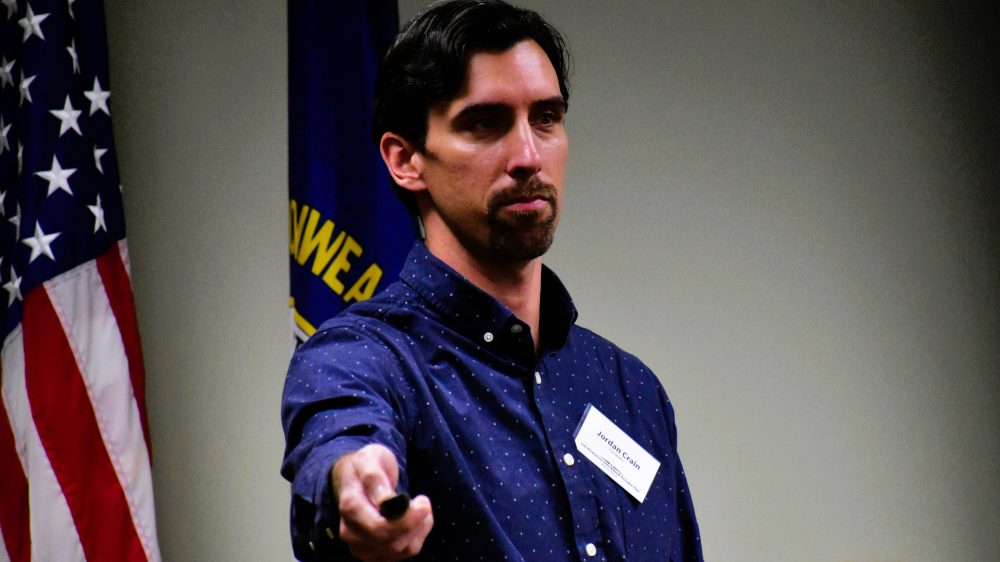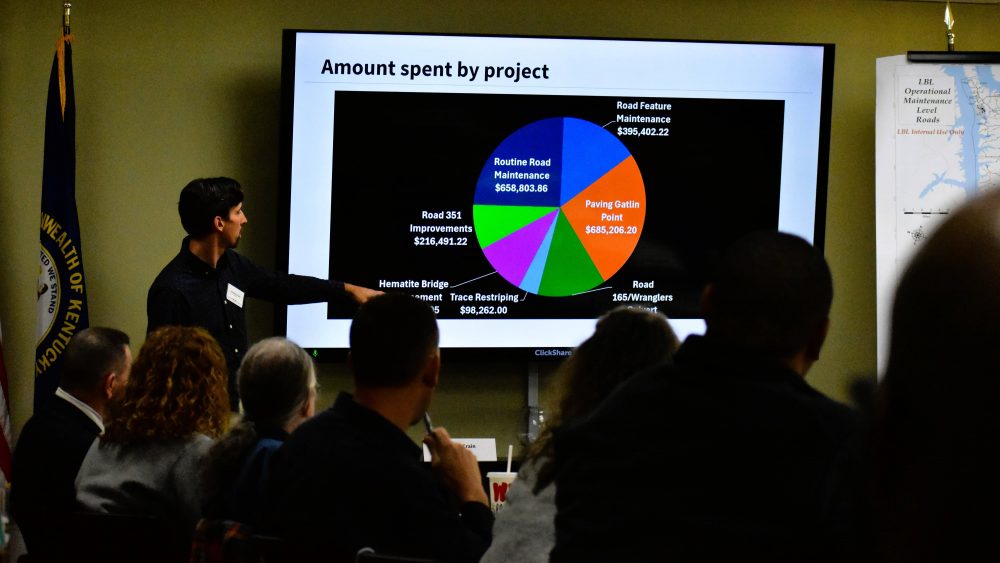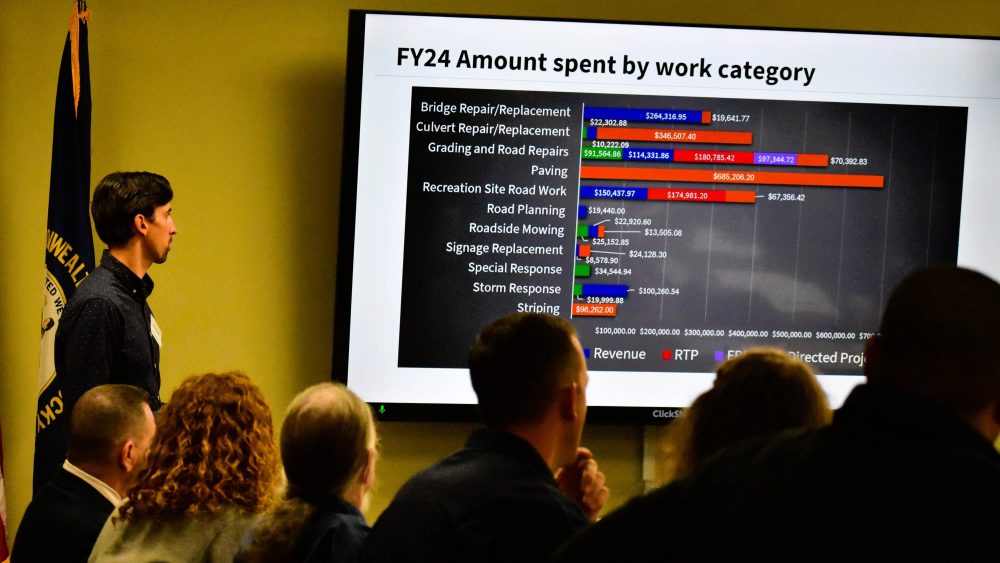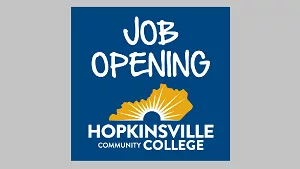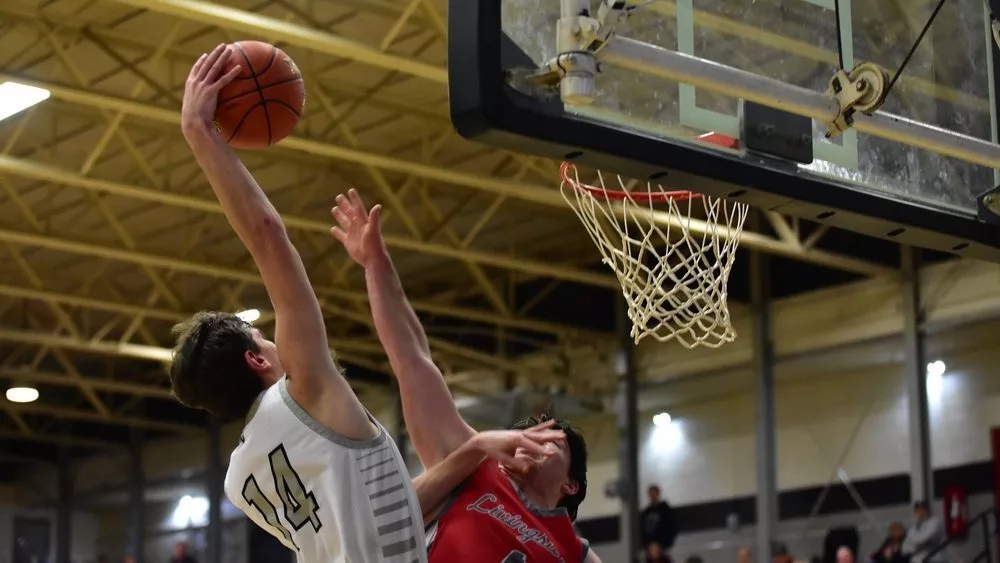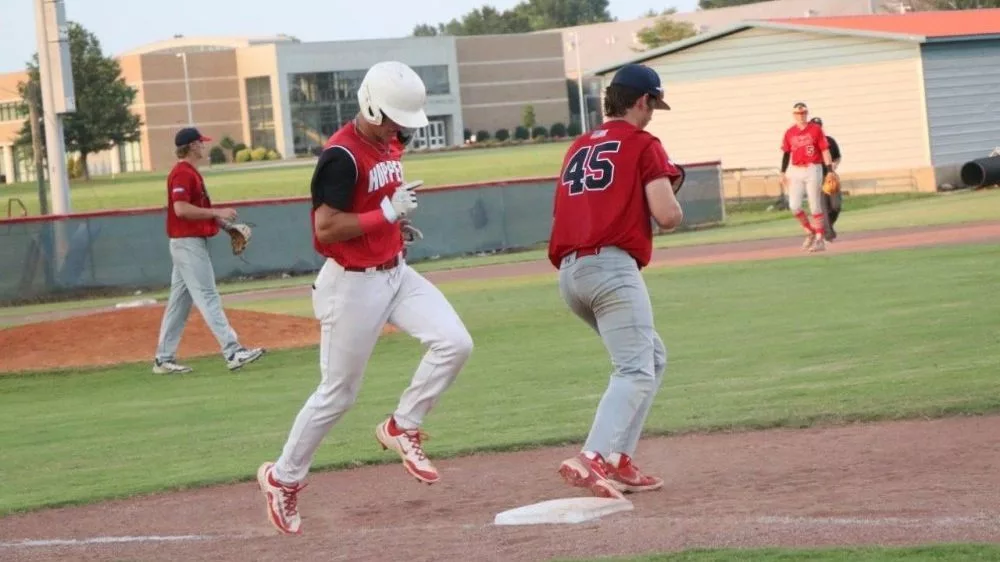
Every time Kentucky Transportation Cabinet officials pave US 68/80 running through Land Between the Lakes, it is easy to believe that the rest of the 180,000-acre recreation area has a well-maintained network of roads and pathways throughout Trigg, Lyon, Marshall and Stewart counties.
Truth be told, most connectors are not in good shape. And the reason why is deeper than one might think.
During April’s quarterly LBL Advisory Board meeting, US Forest Service representative Jordan Crain unveiled a full timeline and histogram of LBL’s road plan — explaining existing conditions, and how they came to be.
Crain noted that when the Tennessee Valley Authority first took possession of the land, the only road they didn’t accept in their purview was US 68/80 — but did take all others through an informal agreement with property owners to maintain roads at existing, or slightly improved, conditions, especially if they led to family cemeteries.
In essence: they weren’t going to pave every road, and all work done was going to remain in-house to save cost. Still, Crain said TVA annually budgeted millions of dollars to avoid deferred maintenance — all the way up until 1999, when LBL was transferred into the hands of the US Forest Service.
And it’s here, Crain said, where two things happened:
+ All LBL roads went under US Forest Service operational maintenance level guidelines:
+ And the act created a three-prong check-and-balance that’s since been difficult to administer:
With nearly 120 miles of reimbursable road maintenance now on the ledger, Crain said laws changed again in 2012, when Congress ratified the Moving Ahead for Progress in the 21st Century Act and removed language for forest highway funds — eliminating state reimbursement requirements.
At the same time, Crain said the Federal Lands Access Program was created to allow for special project proposals through the Federal Highway Administration — which doesn’t include things like pothole patching, mowing and other needs.
In 2015, Crain said a new transportation bill did nothing to reverse course, and the same happened again in 2021.
Federal funding, he said, has only continued to dwindle over time.
Crain also confirmed that it’s nearly impossible for states, but particularly Kentucky, to add this kind of line item to their budgets, because citizens don’t pay state income tax, only to have it in turn used for federal lands.
This conundrum leaves the US Forest Service, and Land Between the Lakes, in a precarious predicament. Crain said it often puts their office in a position of “best fit,” where they have to frequently attack high-trafficked areas and immediate needs, but never get into a clean chip-and-seal routine, nor do they get to many tertiary projects that still have to be completed.
In 2010, Crain said Congress delivered around $500,000 for general LBL road maintenance. By 2019, that was up to $687,000, but by 2024 was back down to $255,000. And Congress-appropriated dollars, not to be used for general operational road expenses, were $1.4 million in 2023 and $1.3 million in 2024.
Last year, Crain confirmed more than $2.6 million was spent in trying to keep up consistent endeavors — a wide gulf to overcome, unless profits from somewhere, or perhaps a reallocation, comes into effect.
FULL DISCUSSION:
VISITOR CREATED ROADS:
